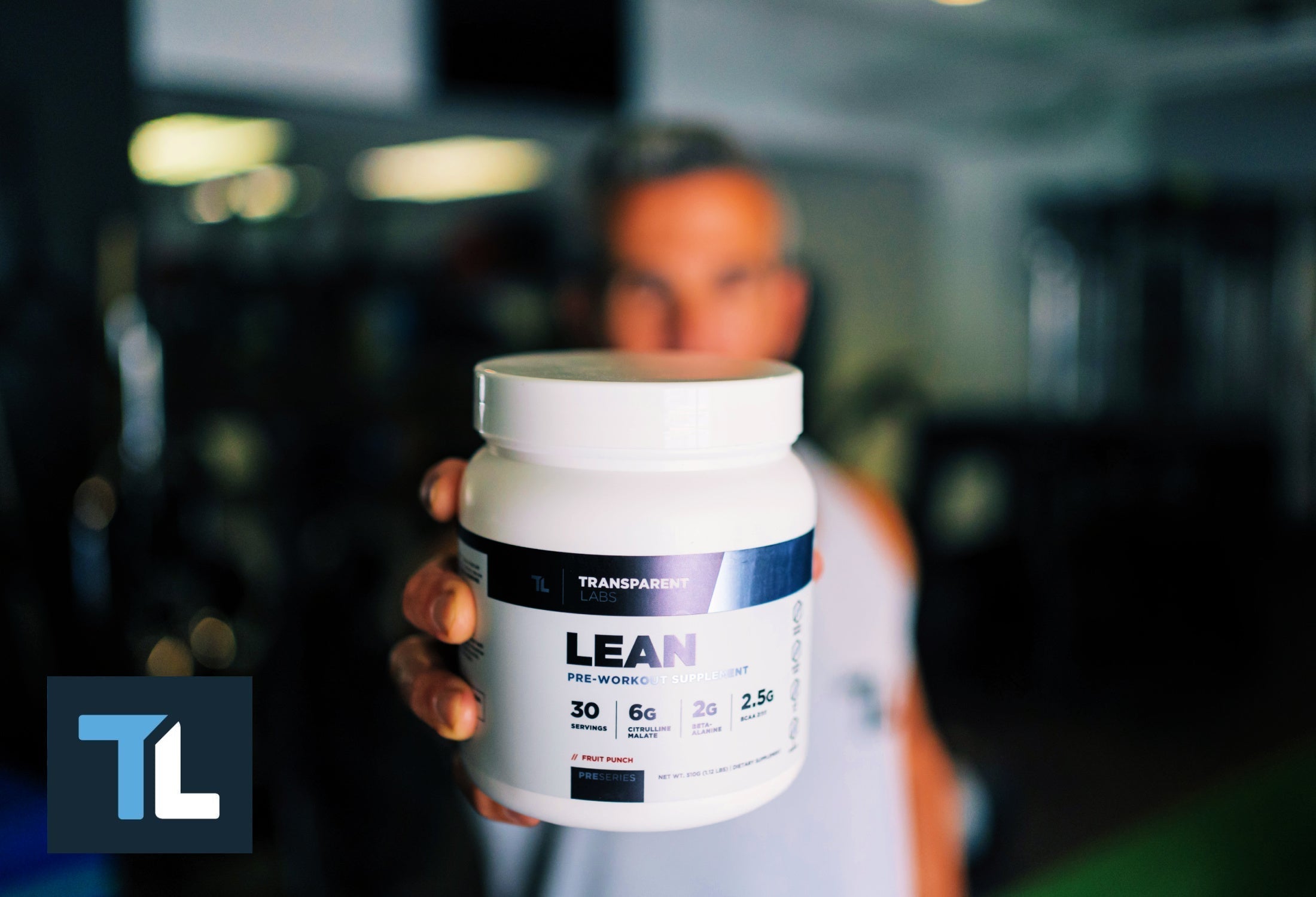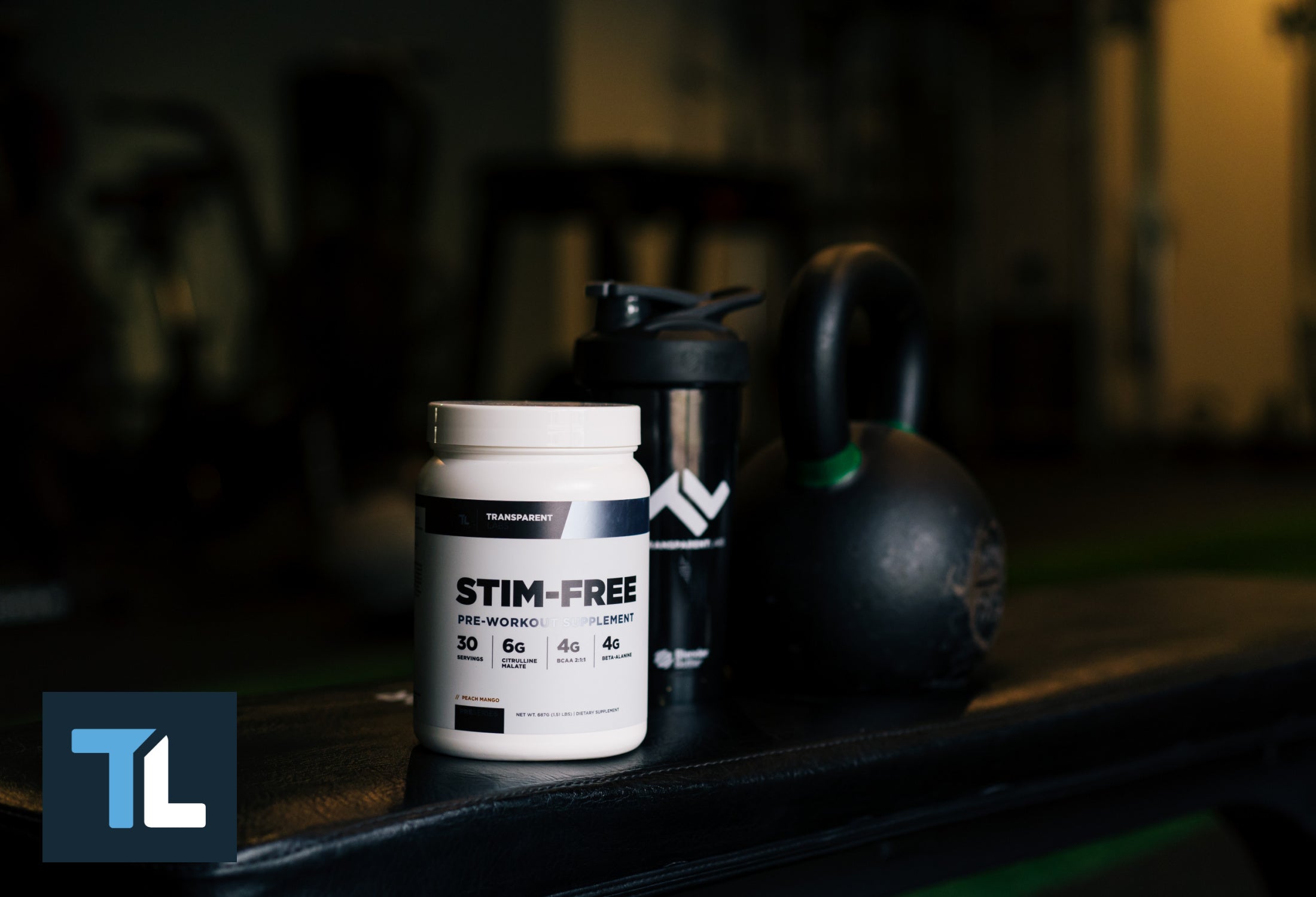You've probably heard someone say they like to "lift things up and put them down" as a playful reference to resistance training. Silly—albeit accurate— expressions aside, the act of lifting weights is actually quite nuanced when you dive into the biomechanics of muscle contractions.
If you're familiar with the terms "eccentric contractions" and "concentric contraction," you're already one step ahead. If not, don't worry—we'll bring you up to speed on what these terms mean in the context of weight training and how you can apply eccentric and concentric training concepts to further your progress in the gym.
Concentric vs Eccentric Training Comparison
| Aspect | Concentric (Lifting Phase) | Eccentric (Lowering Phase) |
|---|---|---|
| Muscle Action | Muscle shortens | Muscle lengthens |
| Direction of Movement | Against resistance | With resistance |
| Goal | Power & speed | Control & strength under tension |
| Energy Output | High immediate force | Higher total tension |
| Common Example | Curling a dumbbell upward | Lowering the dumbbell down |
| Training Benefit | Builds explosive strength | Increases muscle growth & injury prevention |
| Best Tempo | Fast & explosive | Slow & controlled (2–4 sec) |
Breaking Down Muscle Contractions
When lifting weights, your muscles undergo two main anatomical changes: shortening and lengthening. A full repetition of all resistance-training exercises comprises a phase where muscles shorten and a phase where they lengthen. We call these the concentric and eccentric phases, respectively, and both are important for maximizing the benefits of strength training on your muscle fibers.
The type of muscle contraction involving an eccentric and concentric phase is called an "isotonic muscle contraction," which means tension remains unchanged while the muscle’s length changes [1]. This is in contrast to a second type of muscle contraction known as "isometric contraction," which involves tension applied to muscles that do not repetitively shorten or lengthen.
Technically, isotonic contractions may have a brief isometric portion before, during, and/or after completing a resistance exercise's eccentric and concentric phases, such as hanging with your arms fully extended for 5-10 seconds between reps of pull-ups. However, we won't be discussing isometric contractions in much more detail here, as we have a separate article that expands on isometric training.
Concentric Contractions: The "Lifting" Part
First, let's discuss concentric contraction, as it's probably what you think of when you imagine "lifting" weights. Concentric contractions shorten a muscle, like what happens to your biceps when curling a dumbbell up towards your shoulder.
During the concentric portion of isotonic muscle contraction, muscle tension rises to account for the resistance of whatever you're lifting and remains stable as the muscle shortens.
Eccentric Contractions: The "Lowering" Part
Now, onto the eccentric phase, which is common for gym-goers to overlook or slack on when lifting weights. The simplest explanation of eccentric contraction is the lengthening of muscles as you lower a weight back to the starting position. Using the dumbbell curl example from above, this is what happens to your biceps as you lower the dumbbell from your shoulder back towards the side of your hip.
Instead of letting gravity do its thing and dropping the weight after the concentric phase, eccentric contractions are when your muscles are trying to overcome the greatest resistance as they lengthen back to their unflexed position.
Even though it might seem easier to lower a weight that you just lifted, the eccentric contraction of muscles is actually doing a ton of work behind the scenes. Data suggests that human skeletal muscle strength is roughly 40% greater during eccentric contractions than concentric contractions [2]. As such, eccentric exercises, more properly referred to as "negative" exercises, are a useful training tool for all kinds of athletes and gym-goers. Isolated concentric exercises, or "positive" exercises, may also be beneficial in some instances.

Clarifying Terminology: "Eccentric Exercises" vs. "Concentric Exercises"
Although the terms eccentric and concentric are linked to muscular behavior, they are often used somewhat ambiguously to describe types of training and exercise (e.g. eccentric exercise). The ambiguity arises because some eccentric muscle actions occur while other muscles are in concentric contraction (agonist/antagonist) during virtually every exercise. For instance, when curling a dumbbell upwards (i.e. resisted flexion of the elbow joint), the biceps brachii are in concentric contraction, while the triceps brachii, the antagonist muscle, lengthens in an eccentric action. Yet, we wouldn't consider dumbbell curls to be "eccentric training" for the triceps.
Moreover, some people confuse concentric contractions as movements that always go against the force of gravity. However, there are exercises where eccentric muscle contractions involve upward displacement of the body to overcome gravity (positive work) and the concentric movement goes with gravity (negative work).
Therefore, the terms positive or negative work are more appropriate for describing some exercises, while in other contexts, it's more accurate to use flexion/extension or adduction/abduction.
Nevertheless, it should be assumed that the use of "eccentric exercise" or "concentric exercise" refers to the primary agonist muscle(s) involved in those movements.
Concentric vs. Eccentric Training: Which Is Better?
Naturally, you might assume it's better to focus exclusively on eccentric movements since that's when your muscles are strongest, but that's not the case. Empirical evidence makes it clear that eccentric and concentric muscle actions are integral to promoting muscle growth and strength [3]. This is why it's arguable that isolating the concentric and eccentric portions of exercises doesn't translate to better results than traditional full repetitions.
In the context of bodybuilding and powerlifting, if you can't lift a weight off the ground, it doesn't matter whether you're capable of lowering it to the ground. Conversely, if you can lift it off the ground, you should be able to lower it back down without much of a struggle.
Paying attention to the eccentric phase—like using a slow tempo when you lower a weight—can help prevent injuries and make you stronger. But don't neglect the concentric phase, as it helps with power and speed (i.e., generating force production from inertia). In general, concentric contractions should be as explosive as possible (while maintaining proper form).
Nonetheless, there are "real-world" situations and certain sports where having exceptional eccentric strength pays dividends regardless of concentric strength.
Concentric and Eccentric Training: Examples of When to Use Them
Eccentric training is especially useful if you've reached a plateau on compound movements, like the bench press, bent-over row, and barbell squat. Maybe you're just not able to get over the hump on your 1-rep max bench press and have been stuck at 225 lbs for some time.
One way to create "new overload" is to perform heavy "negative" reps with a weight greater than 225 lbs; this is done by simply lowering the bar to your chest, focusing on a slow and controlled tempo, and having a spotter assist with the concentric portion of the lift. Thus, an eccentric movement helps your body acclimate to heavier weights with much less risk of injury.

Heavy concentric training in isolation is uncommon due to its lack of practicality and carryover to most resistance exercises. Heavy rack pulls are somewhat akin to doing "concentric" partial deadlifts. (Ironically, you've probably seen someone unwittingly perform "concentric training" when they deadlift, because they lift the bar off the floor and then drop it instead of lowering it back down.)
Overall, most intermediate-to-advanced lifters will benefit more from eccentric training as a supplement to traditional full repetitions.
Rep Cadence for Concentric and Eccentric Contractions
Next time you're in the gym, think about lifting the weight as explosively as possible (again, not at the expense of poor technique) and then lowering it in a slow, controlled fashion. This will give you the best of both worlds during each repetition, as accentuated eccentric contractions are generally advantageous for muscle growth [4].
For example, if you're doing calf raises, drive through the balls of your feet to lift the weight explosively, then pause briefly at the top of the movement before beginning the eccentric portion. Counting to three as you lower the weight back to the starting position can help you maintain a proper tempo.
Concentric Versus Eccentric Training: Key Takeaways
In a nutshell, both the eccentric and concentric movements of muscle when lifting weights are essential for getting stronger and building muscle. Most trainees don't need to worry about focusing on one or the other; they should work towards developing their overall technique on exercises while using a proper rep cadence.
That being said, intermediate-to-advanced trainees can benefit from isolated concentric and eccentric exercise—with more emphasis on the latter—to increase strength and overcome lifting plateaus. (Alternatively, you won't have to worry about plateaus if you take a scoop of Transparent Labs BULK Pre-Workout before you hit the gym.)














